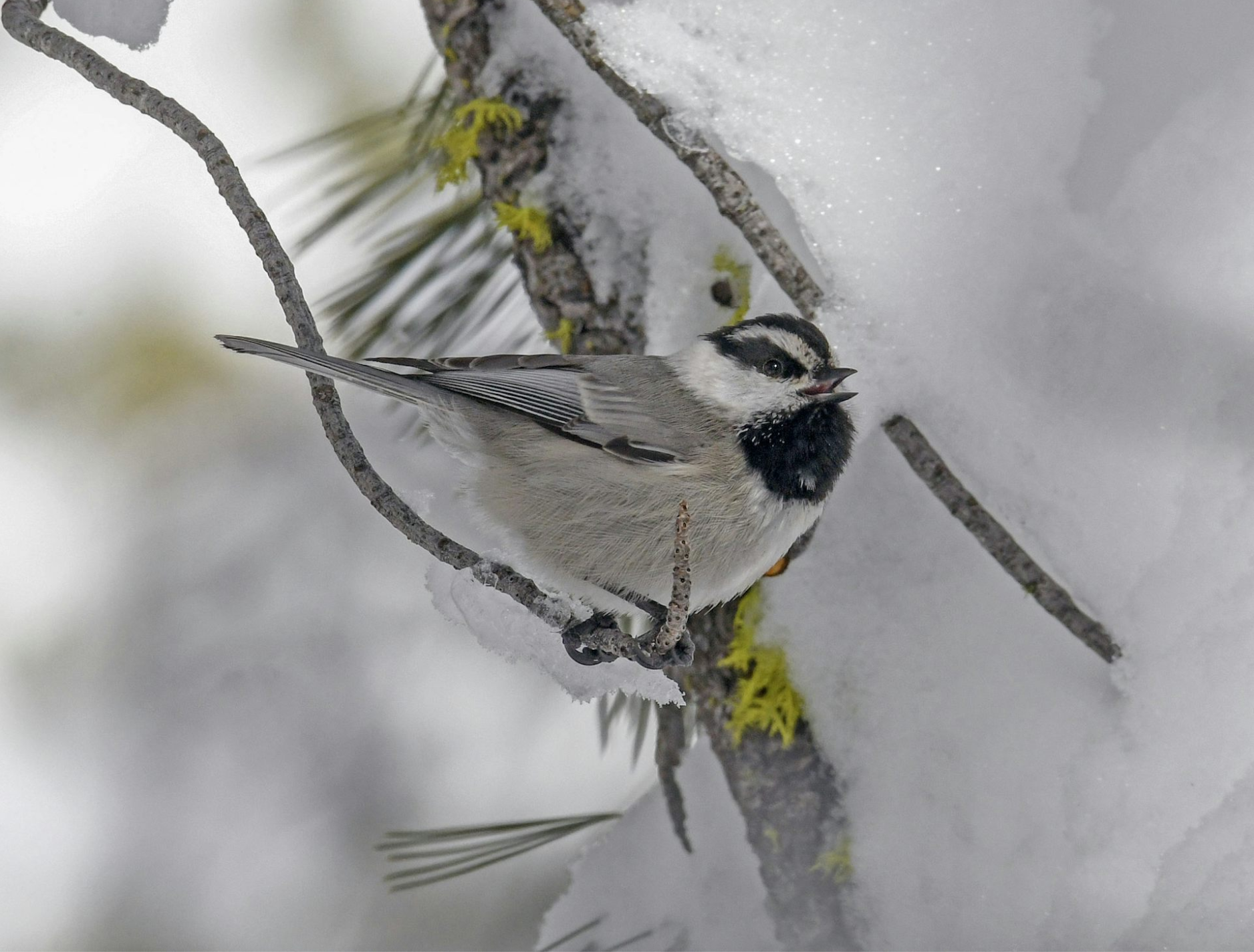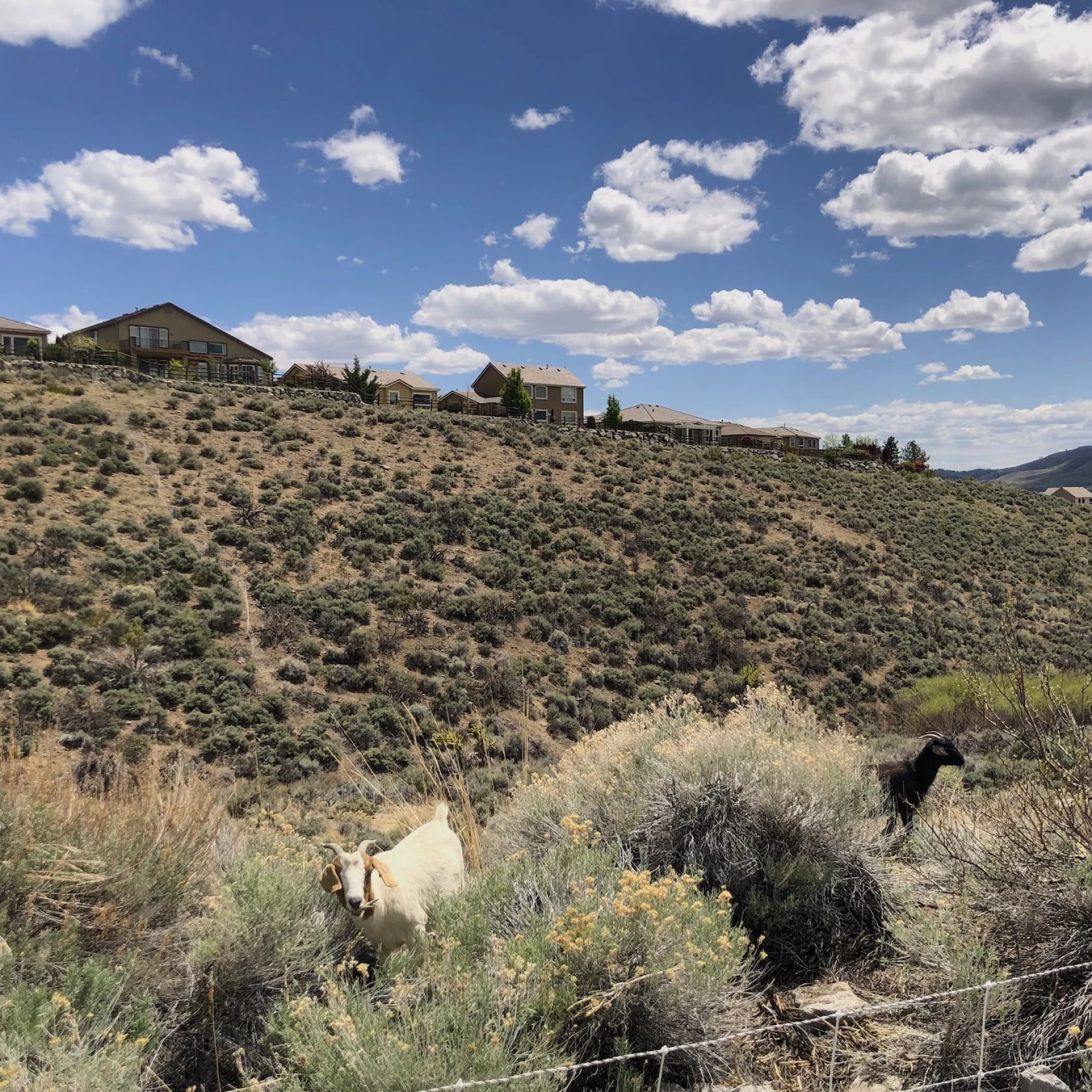This story was shared with permission from KUNR Public Radio. For an audio version of the story, please visit the KUNR website.
The Tahoe Regional Planning Agency has several projects in place to manage invasive species in Lake Tahoe. These species can disrupt the natural ecosystems and diminish lake clarity.
Taking off from the dock at the Tahoe Keys Marina in South Lake Tahoe, members of the agency explained why invasive species are so dangerous.
“All these invaders, they take over native habitats, they outcompete native species that are so critical, especially for a unique environment like Lake Tahoe, any disruptions can really mess things up,” said Dennis Zabaglo, aquatic invasive species program manager for the agency.
He said the number one priority is the Tahoe Keys Lagoon. At this location there are about 170 acres infested with invasive aquatic weeds that can easily spread to the rest of the lake.
Another priority is the New Zealand mud snail, discovered last year in the south shore.

The snails are about the size of a grain of rice, said Victoria Ortiz, community engagement manager, who looked through a tube in the water and pointed out the snails along the lake’s bottom.
Divers will soon survey the area to see if the mud snail population has expanded or moved.
They are also working on the restoration of the Taylor and Tallac creek marsh, which has been overrun by invasive pond weeds. Large mats are placed over the weeds to prevent sunlight from reaching them. The lack of sunlight kills the weeds and stops them from spreading.
One of the most important ways to keep invasive species out of the lake is to clean, drain and dry your water crafts before entering the water, Zabaglo said. This includes paddleboards, beach toys, and fishing gear.
Several watercraft inspection stations can be found around the lake. All boaters are required to get their boats inspected and cleaned before they can put them into the water.
Sydney Peerman is the 2024 summer intern for KUNR and the Hitchcock Project for Visualizing Science.






